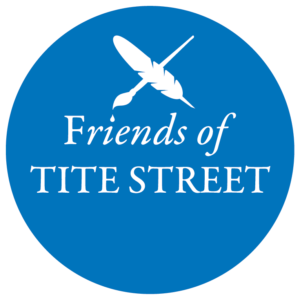History of Tite Street
The Street of Wonderful Possibilities
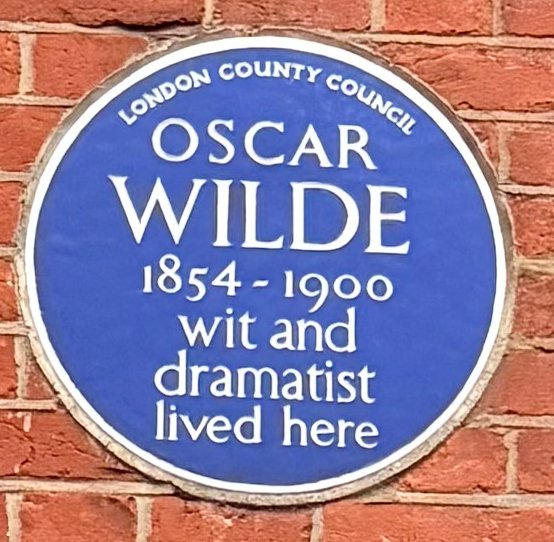

As leading historian Devon Cox explains in his book The Street of Wonderful Possibilities: Whistler, Wilde and Sargent in Tite Street:
Founded in 1877, Tite Street quickly became London’s premiere artistic quarter. In this same year, the visionary and outspoken American artist James McNeill Whistler started building his famous White House, designed by architect E.W. Godwin, who Oscar Wilde called ‘one of the greatest artistic spirits of the age in Britain’.
The street was soon populated with artists and writers including Archibald Stuart-Wortley, Carlo Pellegrini, Frank Miles, Anna Lea Merritt, John Collier, Romaine Brooks, Edith Elizabeth Downing, Ellen Sparks, Radclyffe Hall, Gluck, Glyn Philpot, Peter Warlock, and many more.
For Whistler, Tite Street was the ‘birthplace of art’ while his young protégé Wilde later deemed it a ‘street of wonderful possibilities’. In his studio at No. 31-33, John Singer Sargent painted portraits of some of the most famous faces of the age. At No. 34, Oscar Wilde wrote the great literary classic The Picture of Dorian Gray.
The creativity of Tite Street was enshrined within the bricks-and-mortar of each house and studio, many of which were carefully designed by Godwin to express the individuality and ideas of each artist. These bold ideas and important stories remain visibly etched in the walls of the street itself. They deserve to be respected and preserved for the ‘wonderful possibilities’ of the future.
Find out more in Devon Cox’s The Street of Wonderful Possibilities: Whistler, Wilde and Sargent in Tite Street – available at Amazon.
Why it matters today
The street’s character — its studios, listed houses, gardens and open gaps — is what makes it recognisable as the place that inspired genius. It remains a living street, not a museum piece, but one whose cultural weight is out of all proportion to its length.
Losing that character for the sake of overdevelopment would be to erase not just buildings, but a story that belongs to Chelsea, to London, and to Britain.
short Timeline of Tite Street
1877
James McNeill Whistler builds the “White House” at No. 35, a radical design later demolished but still emblematic of the street’s artistic ambition.
1878
Architect E.W. Godwin designs artists’ studios on the street, setting the Aesthetic Movement’s stamp.
1884
Oscar Wilde moves into No. 16 with his wife Constance, beginning his long association with Chelsea.
1886
John Singer Sargent establishes his studio at No. 31, where he paints some of his most celebrated portraits.
1895
Oscar Wilde was arrested at the Cadogan Hotel and later imprisoned for his homosexual relationships. Tite Street remains synonymous with his creative life and holds particular significance for the LGBTQ+ community.
20TH CENTURY ONWARDS
The street continues as a centre of cultural life, attracting writers, actors, politicians, and artists, while retaining its distinctive character as one of Chelsea’s Conservation Area.
Find out more
- Devon Cox, The Street of Wonderful Possibilities: Whistler, Wilde and Sargent in Tite Street. (Buy at Amazon.)
- Stanley Weintraub, Whistler: A Biography – a study of Whistler’s life and work, including his Chelsea years.
- Richard Ormond, John Singer Sargent: Paintings, Drawings, Watercolours – exploring Sargent’s output, much of it produced in Tite Street.
- Merlin Holland (ed.), The Complete Letters of Oscar Wilde – with insights into Wilde’s Chelsea life and circle.
- RBKC’s own Royal Hospital Conservation Area Appraisal – documenting the architectural and historic importance of Chelsea’s streets. (Download here.).
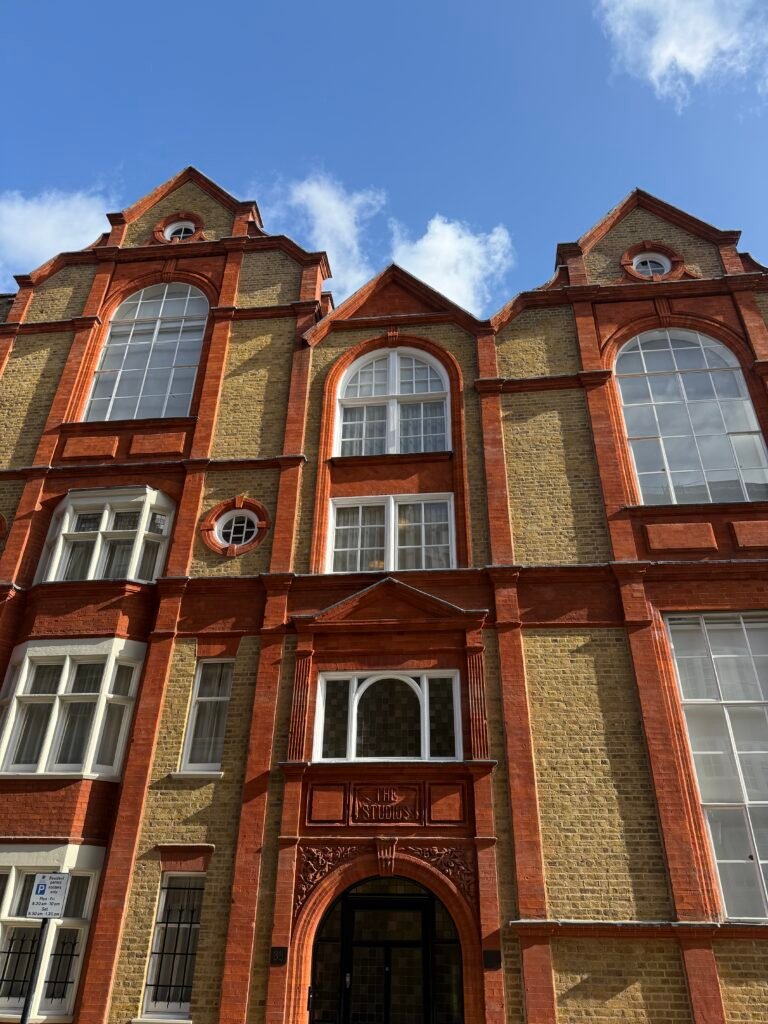
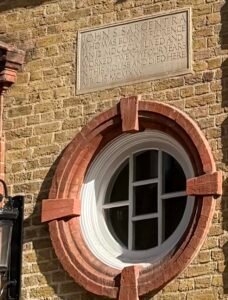
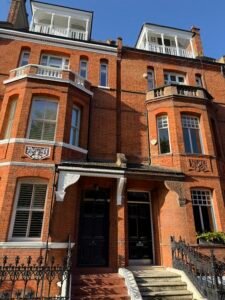

Take action
The Council must hear from residents and Tite Street supporters. Personalised objections carry the most weight. Use our guide and model letter to submit yours – and add your own words. Every objection counts.
